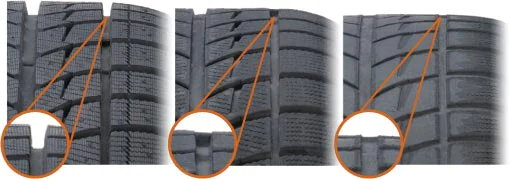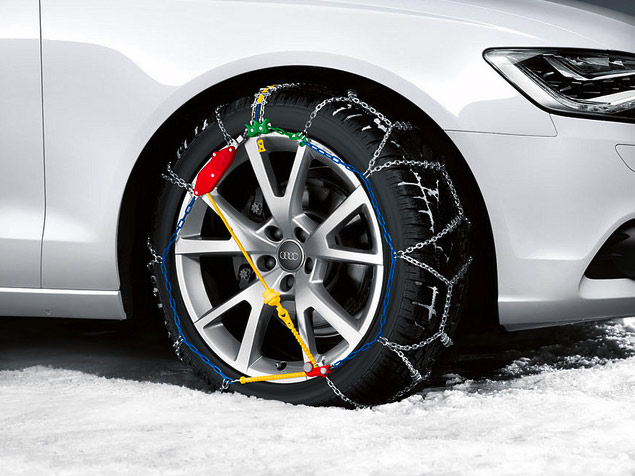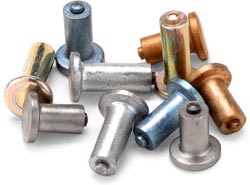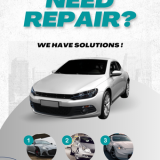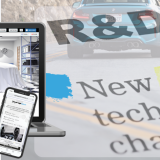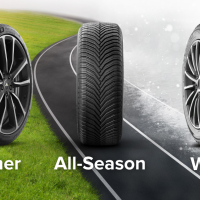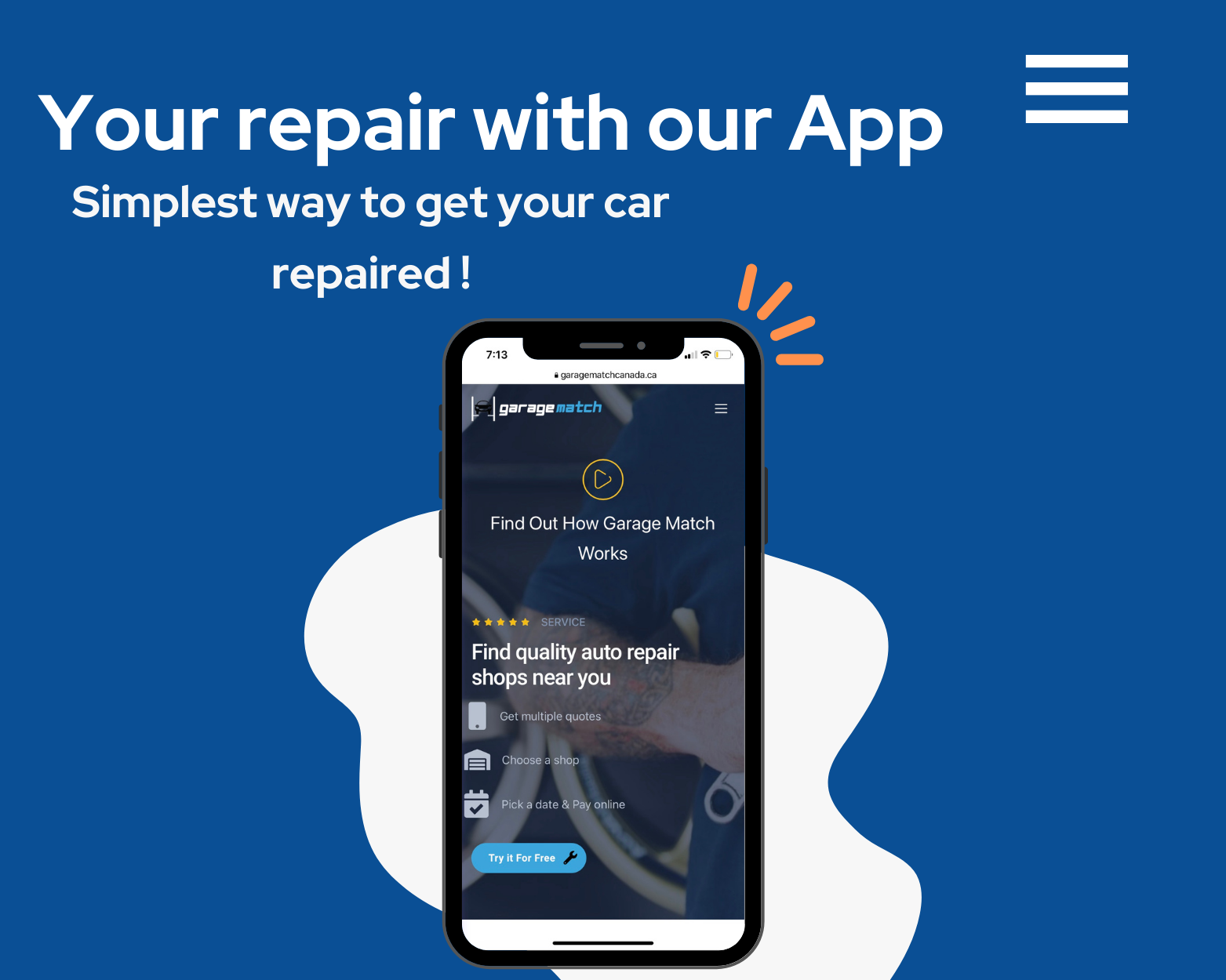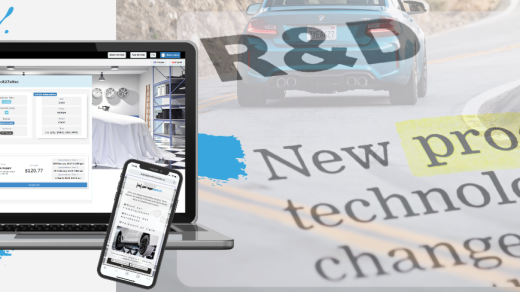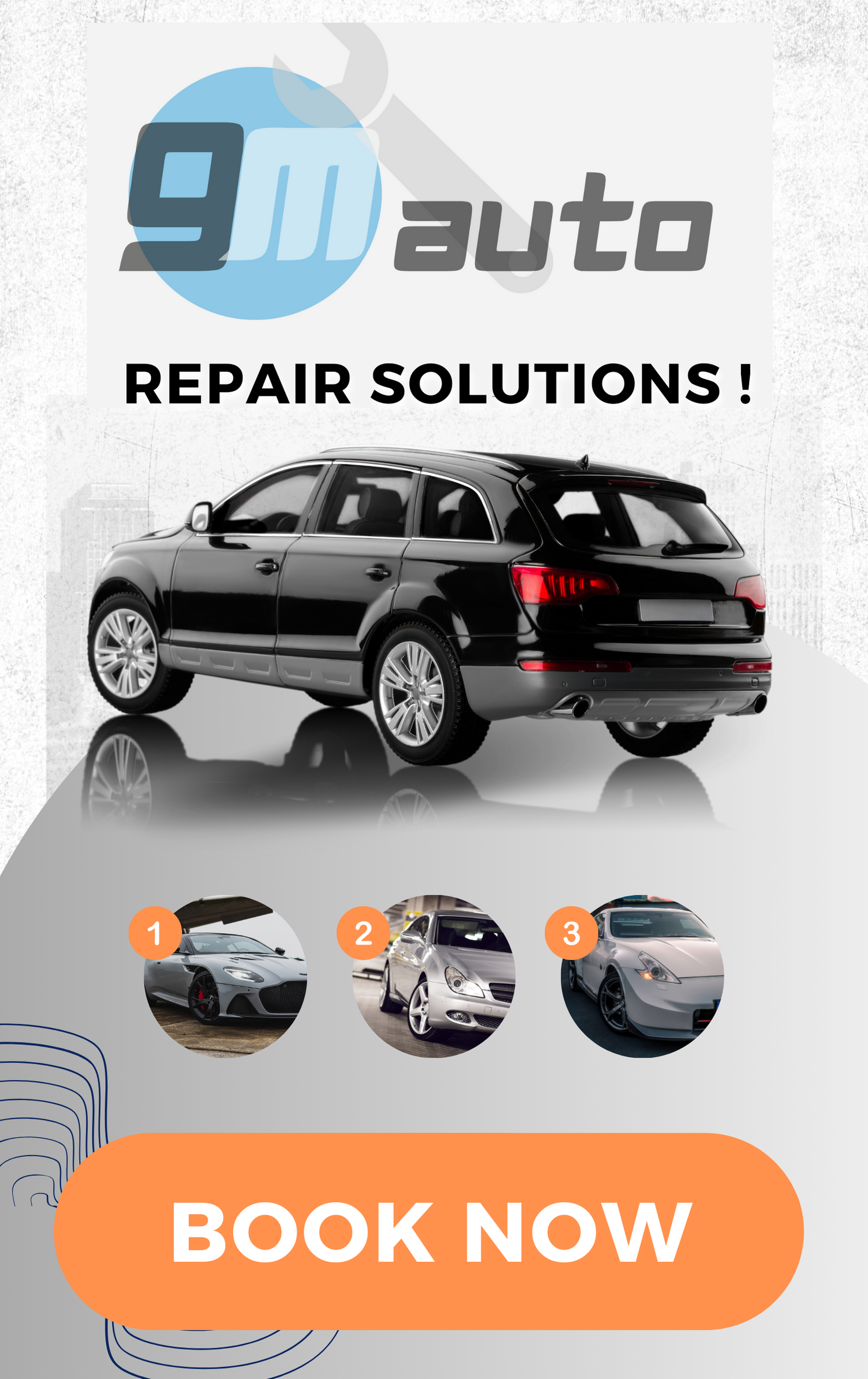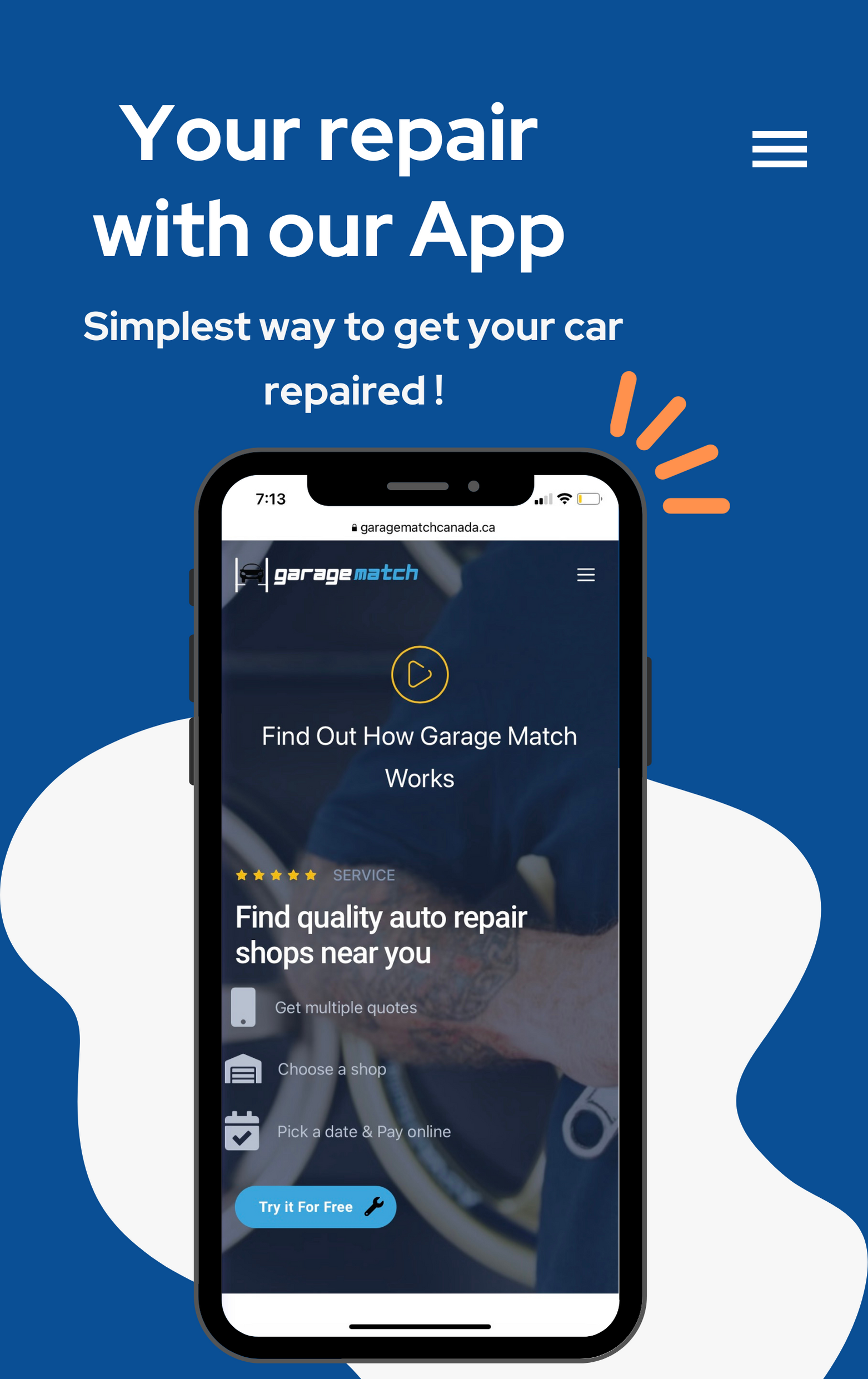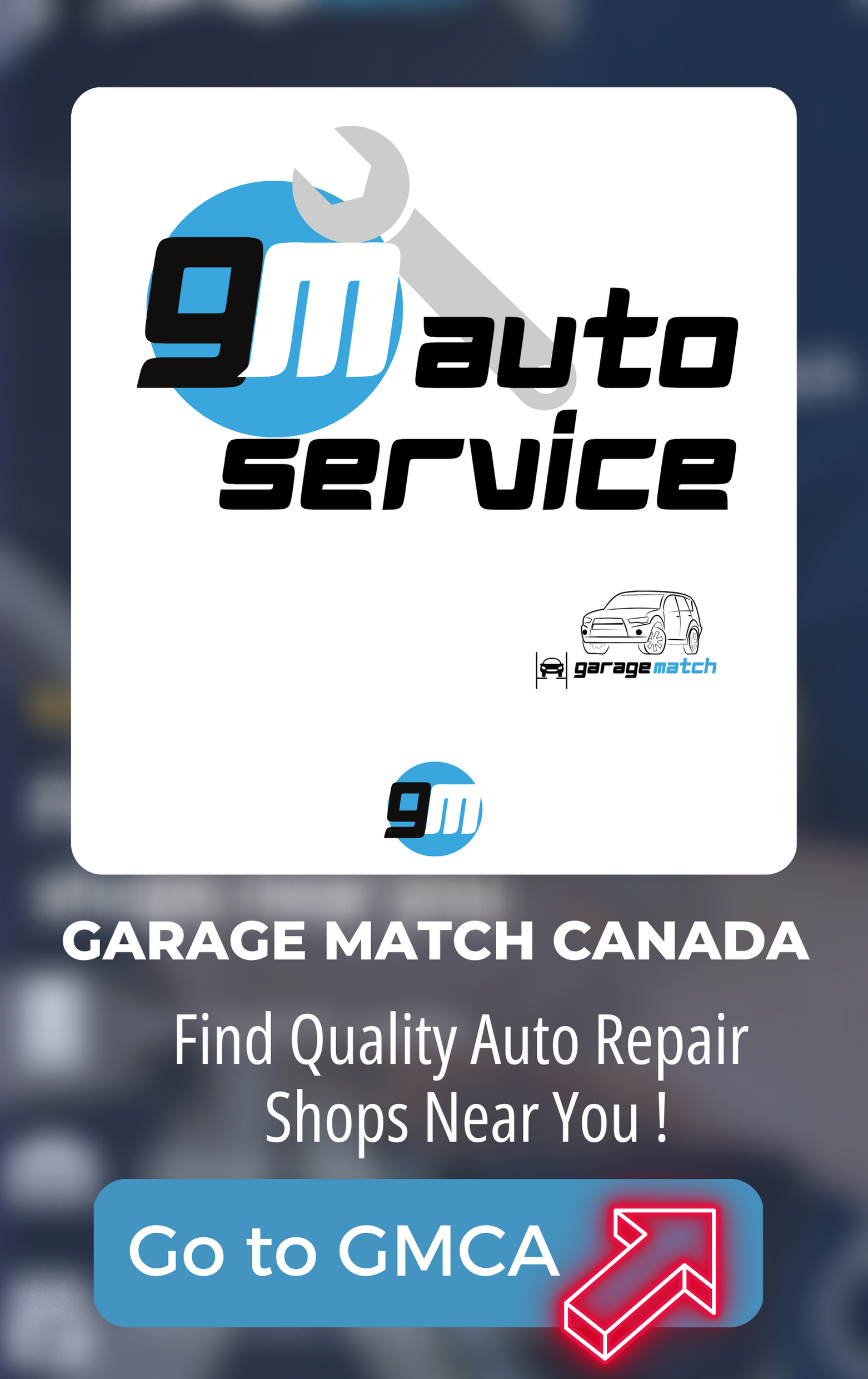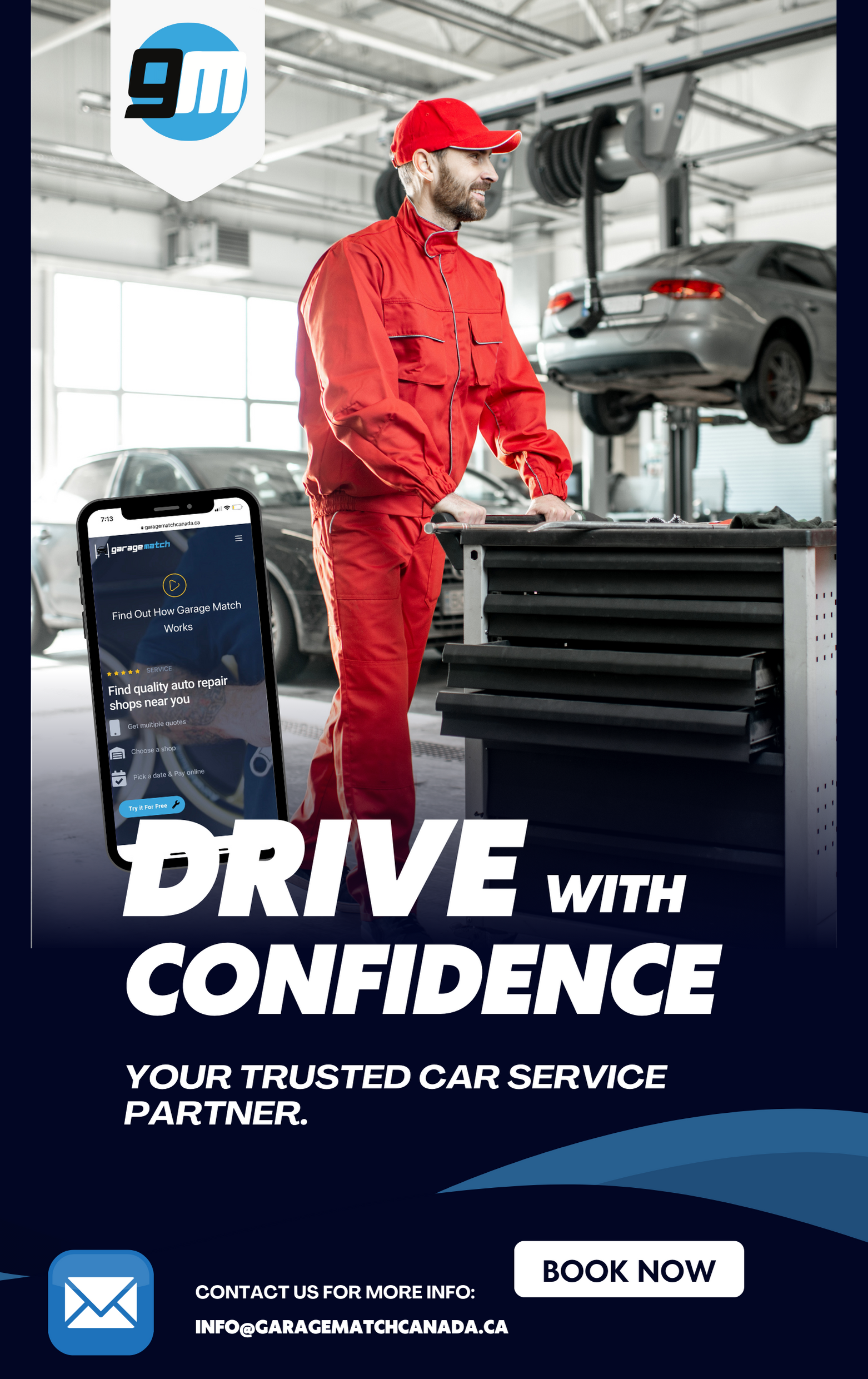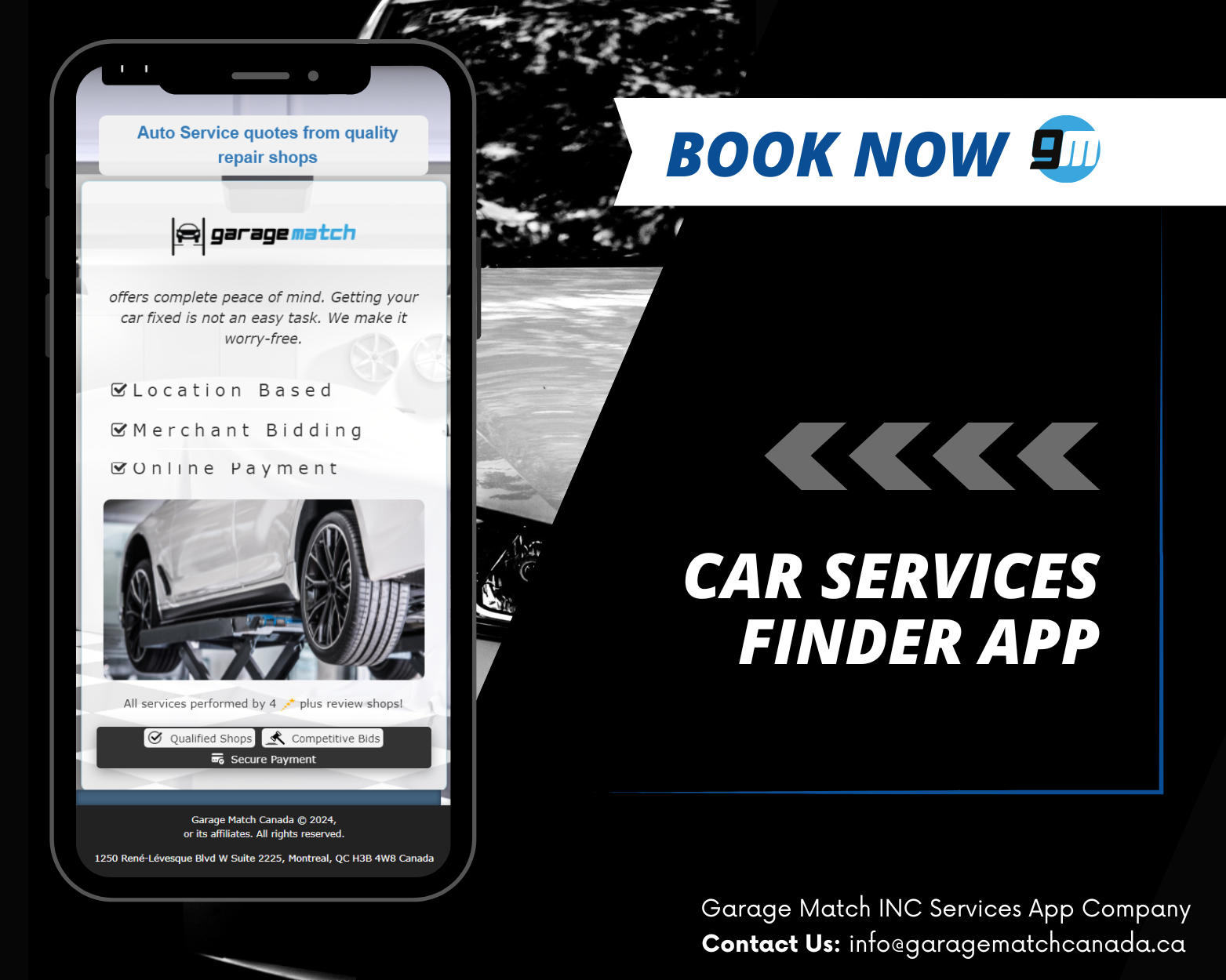Why Traction Assist & AWD/4WD Systems Aren’t Enough in Winter
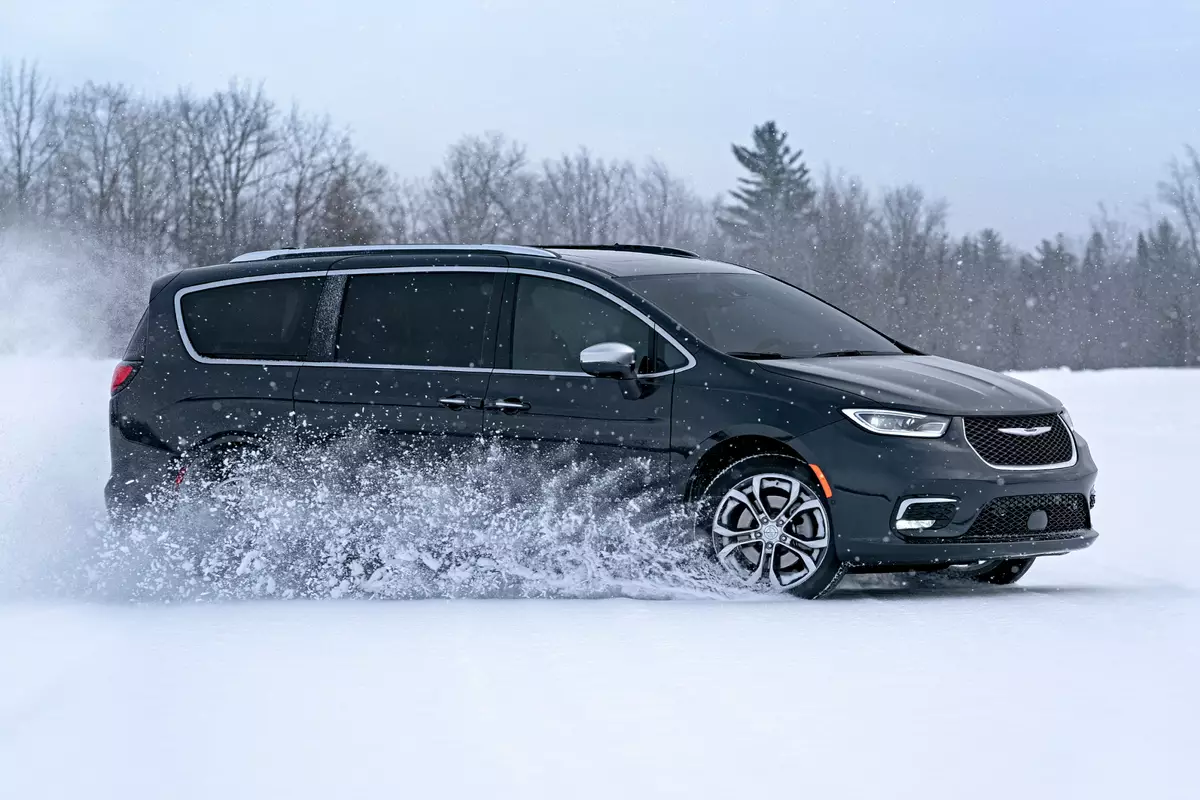
Why Traction Assist & AWD/4WD Systems Aren’t Enough in Winter
ABS (Anti-Lock Brake) and AST (Traction Control) Systems
While anti-lock brakes, traction control, and vehicle stability systems help make it easier to utilize your tire’s full potential, none of these systems actually provides more traction. These systems are only capable of manipulating or limiting your vehicle’s acceleration, braking and cornering capabilities to the traction provided by your tires.
Anti-lock braking systems help prevent locking your tires and skidding by selectively releasing pressure and pumping the brakes. So while your anti-lock brake system helps maintain steering control and directional stability, your stopping distances may be longer.
On the other hand, traction control helps prevent spinning your tires by reducing the engine’s power and/or applying the brakes. So while traction control also helps maintain directional stability, your acceleration may be slower.
And the vehicle stability systems that sense when your car “deviates” from your intended course (determined by your steering and braking input) selectively brakes any of the four wheels and/or reduces engine power to help correct oversteer or understeer. Yet no system, regardless of how sophisticated, can repel the laws of physics or overcome careless driving actions when you exceed the capabilities of your tires.
AWD (All-Wheel Drive Systems)/4WD (Four-Wheel Drive Systems)
All-wheel/four-wheel drive cars, SUVs and light trucks have become very popular among drivers living in the snowbelt. While their year-round versatility certainly plays a role, they are often selected primarily because their all-wheel/four-wheel drive systems make winter driving easier.
The ability of these systems to divide the vehicle’s power among all four tires provides a real advantage when accelerating on slippery roads. A 200 horsepower rear-wheel drive vehicle with a limited slip differential requires enough traction from each tire to accept about 100 horsepower. The best four-wheel drive systems divide that same 200 horsepower among all four tires. Each tire then requires only enough traction to transmit about 50 horsepower. Doubling the driving wheels virtually doubles the acceleration on slippery surfaces.
However, it is important to remember that while the all-wheel/four-wheel drive vehicle’s ability to accelerate in slippery conditions provides a lot of confidence, it doesn’t really offer any unique advantage when the vehicle has to stop or turn. This is because the other vehicles also use all four tires to provide braking and cornering traction. Since four-wheel drive vehicles actually weigh more than their two-wheel drive counterparts, bringing them to a stop or turning a corner actually requires more traction.
So, whether your vehicle has anti-lock brakes, traction control, a vehicle stability system, four-wheel drive or all-wheel drive, it is your tires that provide the real traction. Obviously, the more tire traction these systems have to work with the better. Since most vehicles (including light trucks) are originally equipped with all-season tires, optimizing these systems’ capabilities on snow and ice requires installing winter tires.
All-Season vs. Winter Tires: The All-Wheel Drive/Tire Connection Most SUVs, CUVs and light trucks are originally equipped with all-season tires. Optimizing their capabilities on snow and ice requires dedicated winter tires.
All-Season vs. Winter Tires: The Traction Control/Tire Connection We drove all-season tires and winter/snow tires on the glare ice of a hockey rink to demonstrate the advanced technology that’s built into today’s winter tires. And to highlight how a front-wheel drive vehicle’s tires optimize the performance of its traction control, ABS and other electronic systems. The difference is very real.


